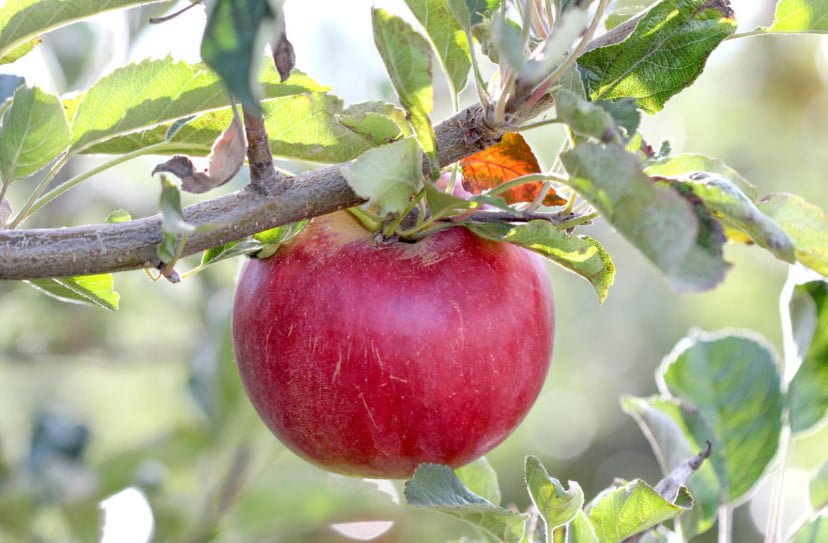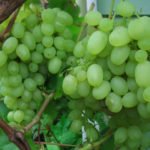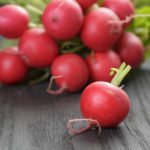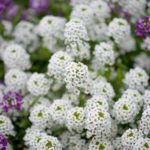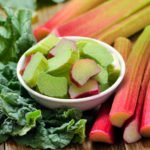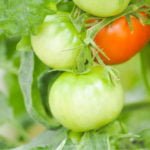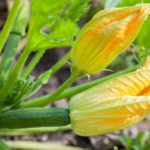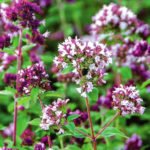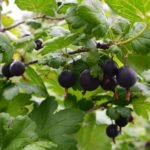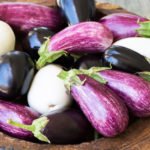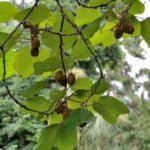For some reason, many people believe that very large apples are a great advantage. Some even give an assessment, spreading their palms wide, as if showing a watermelon here, which used to be in my grandfather’s garden. But this exaggeration is more of a nostalgia for the old days, a childhood when everything seemed better and bigger. Although there are really very large varieties. For example, apples of the old Knysh variety reach a weight of 800 g (1.8 lb) or more. But this variety has not received wide distribution, since apart from the outstanding size, there is nothing remarkable about it.
So do we need very large apples? I first came across this question many years ago, when I was just starting out as a varietal expert. Our collection plant, which has more than 400 copies, was often visited by foreign specialists. Showing them different varieties, I noticed their indifference to especially large apples, but there was always a keen interest in sweet varieties, such as Candy, Honeydew, etc.
Once I wondered why my foreign friends are not impressed by such large-fruited varieties as Antonovka 600-gram (1.3 lb), Titovka, etc. the answer seemed to me then unexpected for his simple everyday argument: the child will not have time to eat a large apple for a change, and a significant part will remain in the stump, which is uneconomical; in order for everyone to get an apple, you will have to buy more pieces than you need, and this is unprofitable.; in the fruit storage from a rotten apple, all the fruits that come into contact with it are infected, so there will be more waste in the box with large fruits — and so on.
It’s hard to disagree with all this. It is not for nothing that the optimal size is now recognized as the weight of the fruit 130-160 g (4.6-5.6 oz), while the diameter of the apple is usually 65-75 mm. This is the modern standard of the international market, and it is these medium-sized apples that are the most purchased (by the way, in many countries they are bought individually).
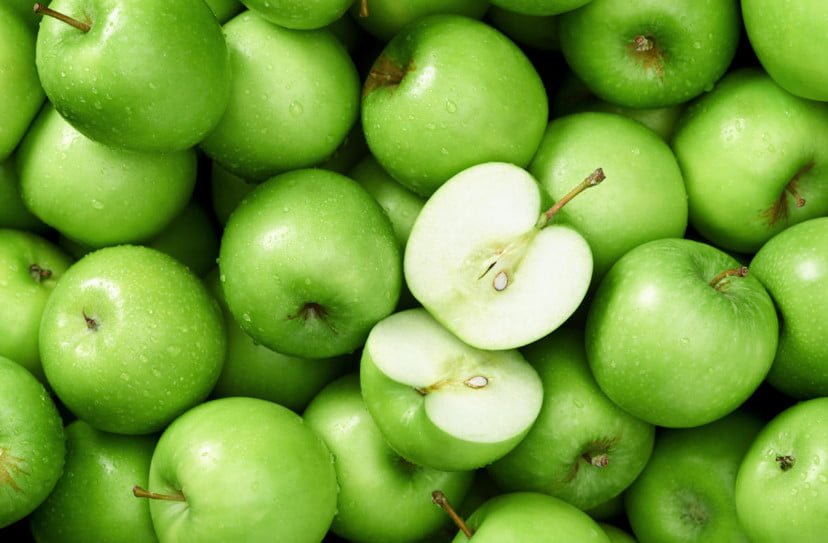
The size of the fruit – as well as the taste-can vary depending on the climatic conditions and the place where they are grown. For example, apples of excellent flavor varieties of Rene from Buckhardt in the same conditions weigh 160-170 g (5.6-6 oz), and others (the worst) – only 40 (1.4 oz), but this is a rare example when transferred to the worst climatic conditions only reduces the weight without compromising the taste.
Within the same variety and even on the same tree, apples can vary in size depending on the agrotechnical conditions and the load on the crop.
If desired, you can get rid of these and other potentially large-fruited varieties, including the common Antonovka, with the help of” little things”, for example, the normalization of the ovaries. To do this, remove the excess, allowing fewer fruits to develop. But this is only possible on young small trees. But whether it is necessary to do this, and what is better – one 400-gram (14.1 oz) apple or three 130-150 g (4.6-5.3 oz)-decide for yourself, taking into account the above reasoning.
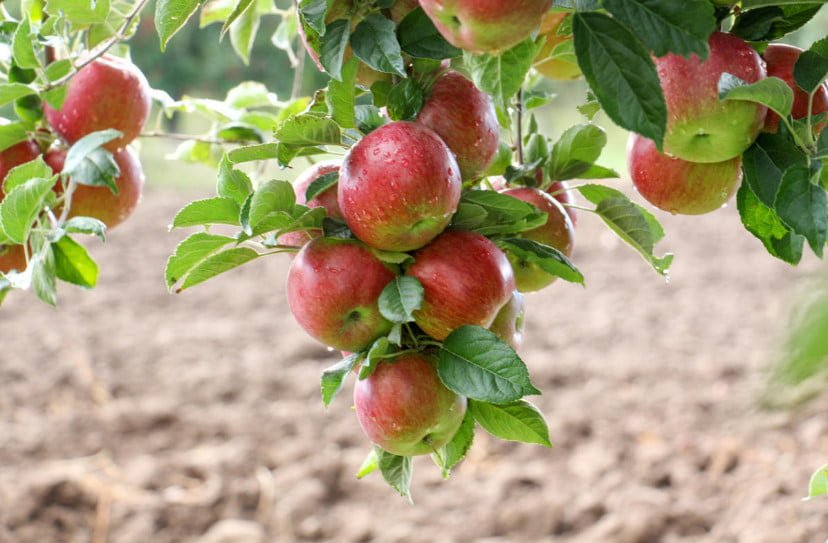
And keep in mind this fact: large fruits have a lower specific weight. Within the same variety of apple weighing 100 g (3.5 oz), the air gaps in the pulp (intercellular) are small and occupy 15-18% of the fruit volume, and the 400-gram (14.1 oz) apple pulp is looser, such fruits ripen faster, become powdery and are always stored worse.
In addition, in rainy weather, intercellular cells can fill with juice, forming so-called” bulk ” apples, which many consider an advantage. But this is only at first glance, since the fruits can be stored for a long time. This disadvantage is typical, for example, for large-fruited varieties of Belfer-Chinese. Yes, and in the common antonovka, the largest fruits are often liquid. These apples quickly deteriorate due to a physiological disease called “tan” (the skin and flesh darken). Therefore, for storage, you should choose medium-sized apples and the largest and brightest for use in the first place.
From the above, it follows that it is probably better not to chase especially large-fruited varieties, but to plant such that the harvest annually gives balanced, medium-sized and excellent-tasting apples. Now there are a lot of varieties.
